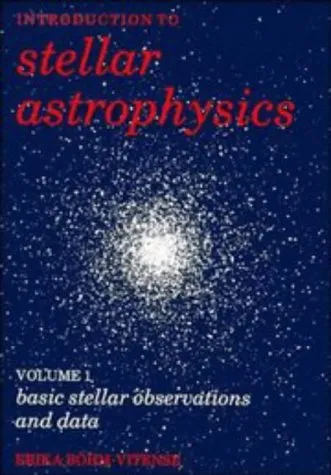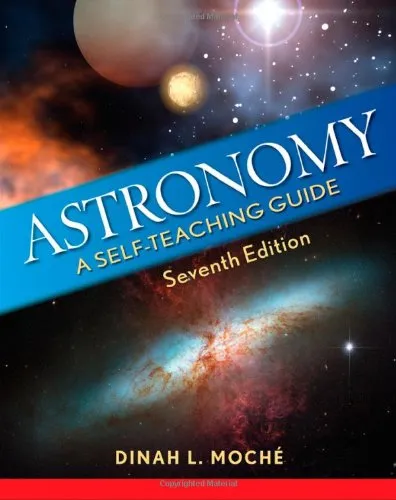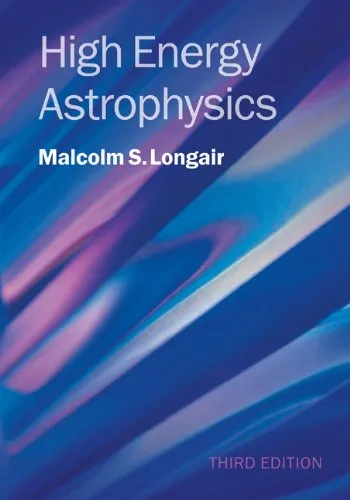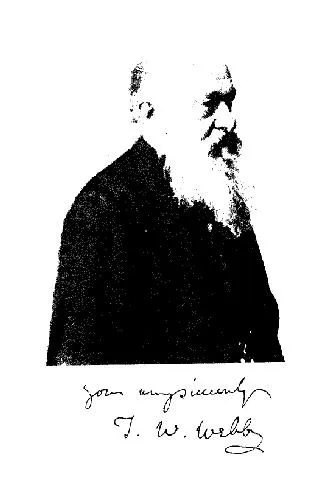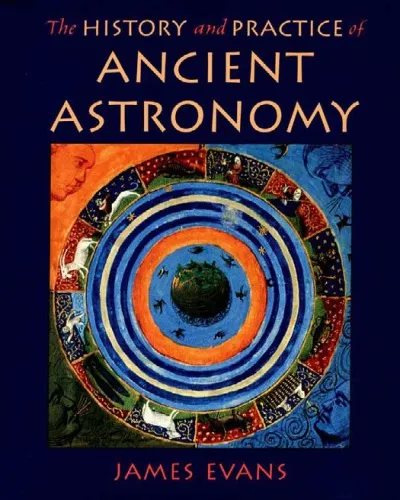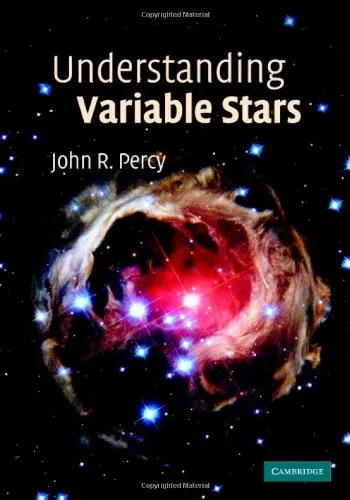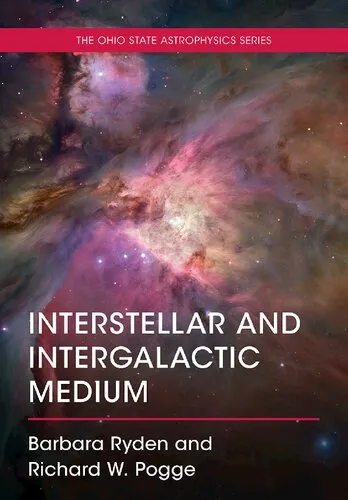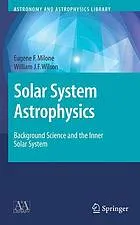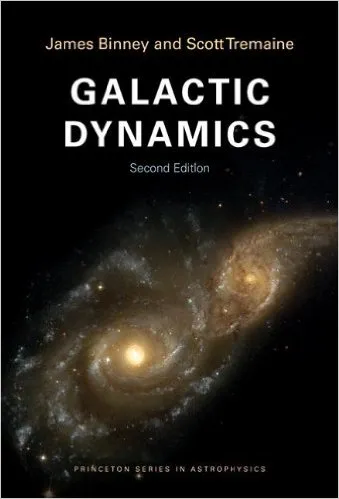Introduction to Stellar Astrophysics: Basic stellar observations and data
4.6
Reviews from our users

You Can Ask your questions from this book's AI after Login
Each download or ask from book AI costs 2 points. To earn more free points, please visit the Points Guide Page and complete some valuable actions.Related Refrences:
Analytical Summary
The book Introduction to Stellar Astrophysics: Basic stellar observations and data serves as a rigorous yet accessible foundation for understanding the principles, techniques, and interpretation methods used in modern stellar studies. Written with precision and academic clarity, it bridges observational data with astrophysical theory, making it indispensable for both advanced students and active researchers.
Covering key aspects such as stellar spectroscopy and photometric analysis, this work guides readers through the processes by which astronomers collect, calibrate, and analyze light from stars. From determining stellar temperatures and luminosities to mapping evolutionary stages, the text emphasizes robust methodologies grounded in empirical evidence.
The volume situates stellar observations within the broader field of astrophysics, creating connections to topics like stellar composition, radial velocity measurements, and distance determination via parallax. By offering both theoretical frameworks and practical case studies, it becomes a trusted resource for anyone committed to decoding the intricate messages contained in starlight.
Information on the first publication year is unavailable due to no reliable public source specifying its exact bibliographic release date. However, the content remains timeless in its pedagogy and scientific utility.
Key Takeaways
Readers will emerge from this work with a clear command of the foundational observational techniques and the analytical tools necessary for credible stellar research.
One key takeaway is the critical role of accurate photometric measurements. Understanding how light intensity varies across different wavelengths enables astronomers to deduce vital stellar parameters such as temperature, radius, and composition.
Another central insight involves the interpretation of spectral lines. Stellar spectroscopy reveals chemical abundances and motion, making it an essential skill for astrophysicists working with both nearby and distant stars.
The text also underscores the interplay between observational precision and theoretical modeling. Without careful calibration of instruments and datasets, derived conclusions on stellar evolution may be compromised.
Additionally, this book teaches how observational data can be transformed into coherent models, directly influencing our understanding of stellar populations and galactic structures.
Ultimately, the reader is equipped to not only collect stellar data but to authenticate and apply it in a manner that advances the collective astrophysical knowledge base.
Memorable Quotes
"The photons arriving at our detectors carry the history of their sources; decoding this history is the art of stellar astrophysics." Unknown
"Observation is the first chapter of understanding; without it, theory drifts unanchored." Unknown
"Each spectrum is a fingerprint, unique to the star it represents." Unknown
Why This Book Matters
In an era of rapidly advancing astronomical instrumentation, the core principles laid out in Introduction to Stellar Astrophysics: Basic stellar observations and data ensure that practitioners can interpret the influx of data with authority and accuracy.
The book anchors readers in methodologies that retain relevance despite shifting technological landscapes. While detectors, telescopes, and software may evolve, the underlying physics of starlight and its interpretation remain constant. This anchor point is critical for teaching and for maintaining scientific rigor.
Researchers, educators, and students alike will find value in its structured approach, which promotes clarity in both the acquisition of data and the formation of defensible conclusions. In bridging empirical techniques and theoretical insights, it nurtures a holistic understanding that is rare in specialized volumes.
Inspiring Conclusion
By weaving together rigorous methodology with interpretive skill, Introduction to Stellar Astrophysics: Basic stellar observations and data offers readers a profound gateway into the science of the stars.
Whether you are a seasoned academic, a professional astronomer, or a dedicated student, this work invites you to not merely consume data but to engage with it critically. The strength of the stellar astrophysics community depends on such shared dedication to accuracy and curiosity.
Your next step is clear: delve into its chapters, discuss its concepts with peers, and contribute your own observations to the field. The stars have much to tell us, and with the guidance of this text, you are well-prepared to listen.
Free Direct Download
You Can Download this book after Login
Accessing books through legal platforms and public libraries not only supports the rights of authors and publishers but also contributes to the sustainability of reading culture. Before downloading, please take a moment to consider these options.
Find this book on other platforms:
WorldCat helps you find books in libraries worldwide.
See ratings, reviews, and discussions on Goodreads.
Find and buy rare or used books on AbeBooks.
1346
بازدید4.6
امتیاز0
نظر98%
رضایتReviews:
4.6
Based on 0 users review
Questions & Answers
Ask questions about this book or help others by answering
No questions yet. Be the first to ask!
